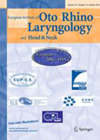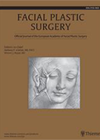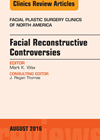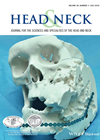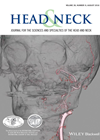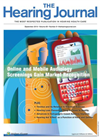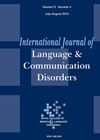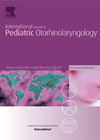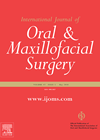
Journal Reviews archive for November 2016
Titanium bobbins are prone to water penetration
There is limited evidence that swimming with grommets increases ear infections and most clinicians advise swimming with ventilation tubes is acceptable. Concerns may persist especially among parents. This paper evaluates the amount of different liquids (soapy water, sea water, chlorinated...
A novel use for coblation in the nose
Having recently become a coblation convert for multiple applications in ENT (including tonsillectomy, inferior turbinate reduction and radiofrequency ablation of the tongue base), it was interesting to read about another novel use in the nose. This preliminary report evaluates the...
All about velopharyngeal dysfunction
The velopharynx functionally separates the oral from the nasal cavities. Inadequate or abnormal function of this muscular valve affects speech and swallow. Velopharyngeal dysfunction can be subdivided into insufficiency, incompetence and mislearning. This is a review paper and indeed a...
Submental island flap to reconstruct the lower lip
The lips are necessary for oral competence, cosmesis, speech and feeding. Non-melanoma cancers can affect the lips, and the lower lips are about 80% more likely to be affected. A large number of these cancers are squamous cell carcinomas. Treatment...
Why do septoplasties fail?
If you are amongst the ones who wonder what keeps your patient blocked in spite of a reasonable septoplasty, it will be worth your time going through the chapter on nasal valve management. The concise table detailing the surgical techniques...
Expanding the role of FNA in thyroid nodule decision-making
Papillary thyroid cancer, the commonest histological type, has been extensively reported as having BRAF proto-oncogene mutations (most commonly the V600E mutation). There is great interest in BRAF as a molecular marker, particularly as a prognostic factor that may guide the...
How the world sees facial palsy patients
This paper from Australia gives an insightful perspective on the impact of facial paralysis on patients, and may explain the well-documented poor quality of life scores in this patient group, particularly those ‘successfully reconstructed’ with surgery. It explores how the...
A drug to prevent hearing loss caused by ototoxic therapeutics
This editorial briefly highlights the progress made in discovering a compound named ORC-13661, which shows the potential to alter the response of hair cells to ototoxic medication. In the late 1980s, inner hair cells that were lost secondary to noise...
Mobile apps for audiological screening
This article summarises the newly emerging mobile applications for audiological screening. The purpose is to try to reduce the time between individuals identifying a hearing problem and seeking help for it. These apps are gaining in popularity and recognition. The...
Supporting second language in bilingual children with cochlear implants
There have been mixed reports regarding the benefits of supporting two languages for bilingual children using cochlear implants. With an ever-increasing number of children with hearing loss undergoing cochlear implantation, this study provides timely clinical evidence. The authors studied the...
A rare superior tongue tie
The authors present a very rare case of ankyloglossia superior syndrome: first described in 1911 but with only 14 case reports in English literature it was of sufficient interest to discuss the aetiology, classification and management. As the palatal shelves...
Bad splits
This is a meta-analysis of reported risk factors of a ‘bad split’ in a sagittal split mandibular osteotomy. They identified 30 observational articles and therefore acknowledged it is based on low quality studies. It is compounded by the definition of...

